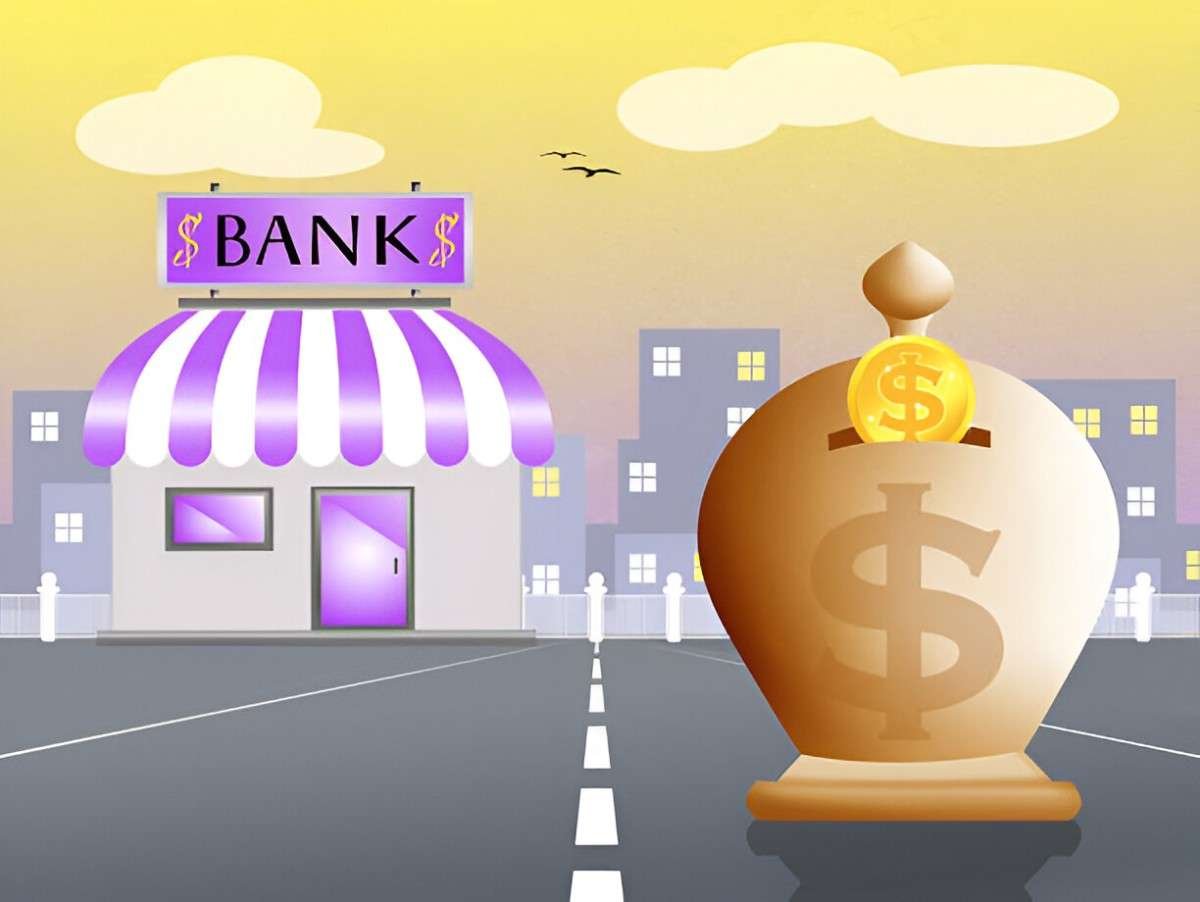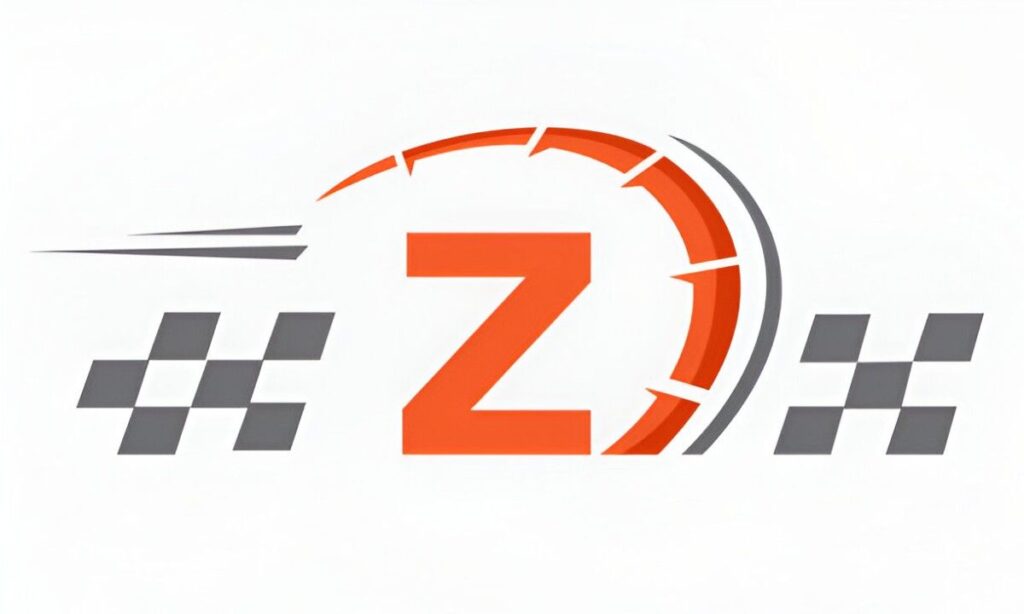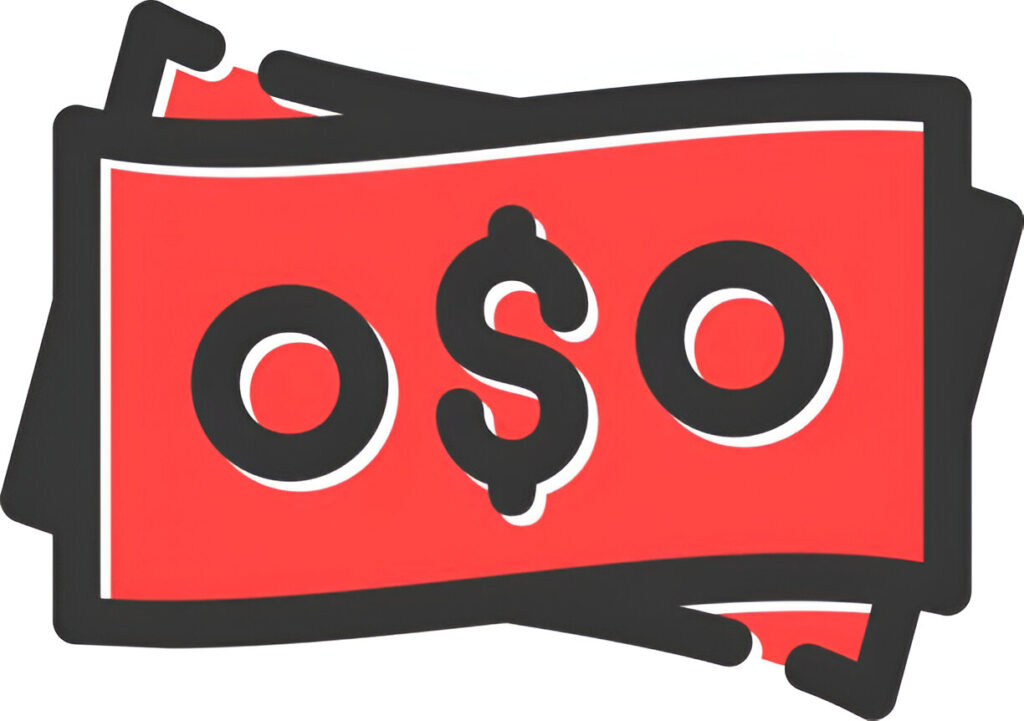When I first walked into a high-street bank, I felt overwhelmed. The marble floors, the long queues, the complex jargon—it all seemed designed to keep outsiders at arm’s length. But banks aren’t as mysterious as they appear. In this guide, I’ll break down how high-street banks function, why they matter, and how you can navigate them with confidence.
Table of Contents
What Are High-Street Banks?
High-street banks, often called retail banks, are the financial institutions we encounter daily. They handle deposits, loans, and basic financial services for individuals and small businesses. Unlike investment banks, which deal with corporations and high-net-worth individuals, high-street banks serve everyday customers.
The Core Functions of High-Street Banks
- Accepting Deposits – Banks offer savings accounts, checking accounts, and certificates of deposit (CDs).
- Providing Loans – Mortgages, personal loans, and credit cards fall under this category.
- Payment Services – Processing checks, wire transfers, and debit card transactions.
- Wealth Management (Basic) – Some offer retirement accounts and investment advisory services.
How Banks Make Money
Banks aren’t just vaults for your cash—they’re profit-driven institutions. They earn through:
- Interest Rate Spread – They pay you a small interest on deposits and charge higher interest on loans.
- Fees – Monthly maintenance fees, overdraft charges, and ATM fees add up.
- Investments – They invest a portion of deposits in securities.
The net interest margin (NIM) is a key metric:
NIM = \frac{Interest\ Earned - Interest\ Paid}{Average\ Earning\ Assets}For example, if a bank earns \$5\ million in interest from loans and pays \$1\ million to depositors, with \$50\ million in average earning assets, the NIM is:
The Role of the Federal Reserve
The Fed influences how banks operate by setting the federal funds rate. When the Fed raises rates:
- Banks charge more for loans.
- Savings accounts may offer higher yields.
- Borrowing becomes costlier for consumers.
Comparing Bank Types
| Feature | High-Street Bank | Credit Union | Online Bank |
|---|---|---|---|
| Ownership | Shareholders | Members | Shareholders |
| Profit Motive | Yes | No | Yes |
| Branch Access | Extensive | Limited | None |
| Interest Rates | Moderate | Higher (often) | Competitive |
Understanding Bank Fees
Banks levy various fees, some avoidable, others not. Common ones include:
- Monthly Maintenance Fees – Often waived with minimum balances.
- Overdraft Fees – Charged when you spend more than you have.
- ATM Fees – Using out-of-network ATMs can cost \$3-\$5 per transaction.
How to Minimize Fees
- Keep the minimum required balance.
- Opt for fee-free checking accounts.
- Use in-network ATMs.
The Mechanics of Loans
When you take a loan, the bank assesses risk using your credit score, income, and debt-to-income (DTI) ratio:
DTI = \frac{Total\ Monthly\ Debt}{Gross\ Monthly\ Income}If your monthly debt is \$1,500 and income is \$5,000, your DTI is:
DTI = \frac{1500}{5000} = 30\%Most banks prefer DTIs below 36\%.
The Future of High-Street Banks
With fintech disruptors like Chime and Revolut, traditional banks face competition. Yet, they still dominate due to:
- Trust – People prefer established names.
- Regulatory Backing – FDIC insurance protects deposits up to \$250,000.
- Physical Presence – Some customers value face-to-face service.
Final Thoughts
High-street banks play a crucial role in our financial lives. By understanding their operations, fees, and loan mechanisms, you can make informed decisions. Whether you’re opening your first account or applying for a mortgage, knowledge is your best asset.





